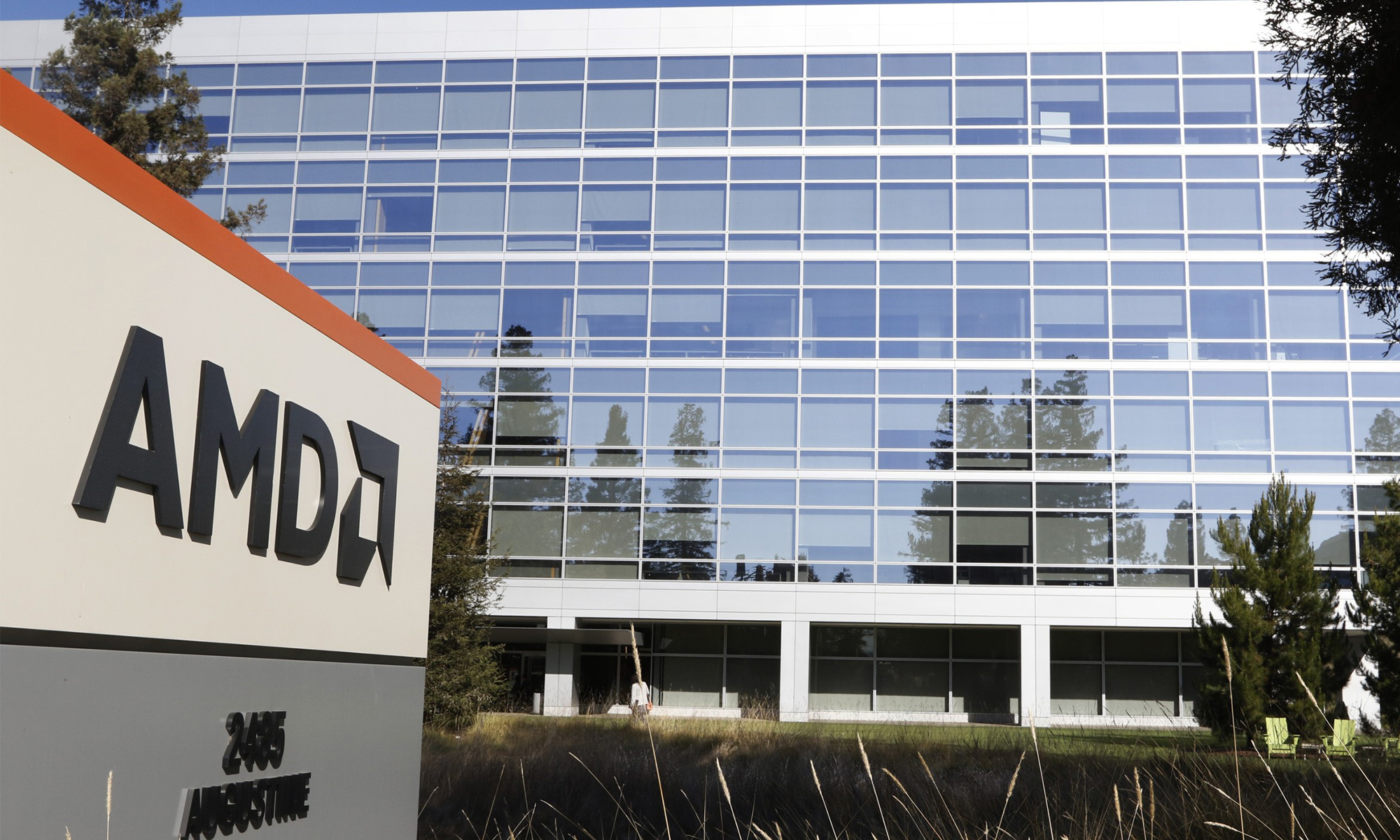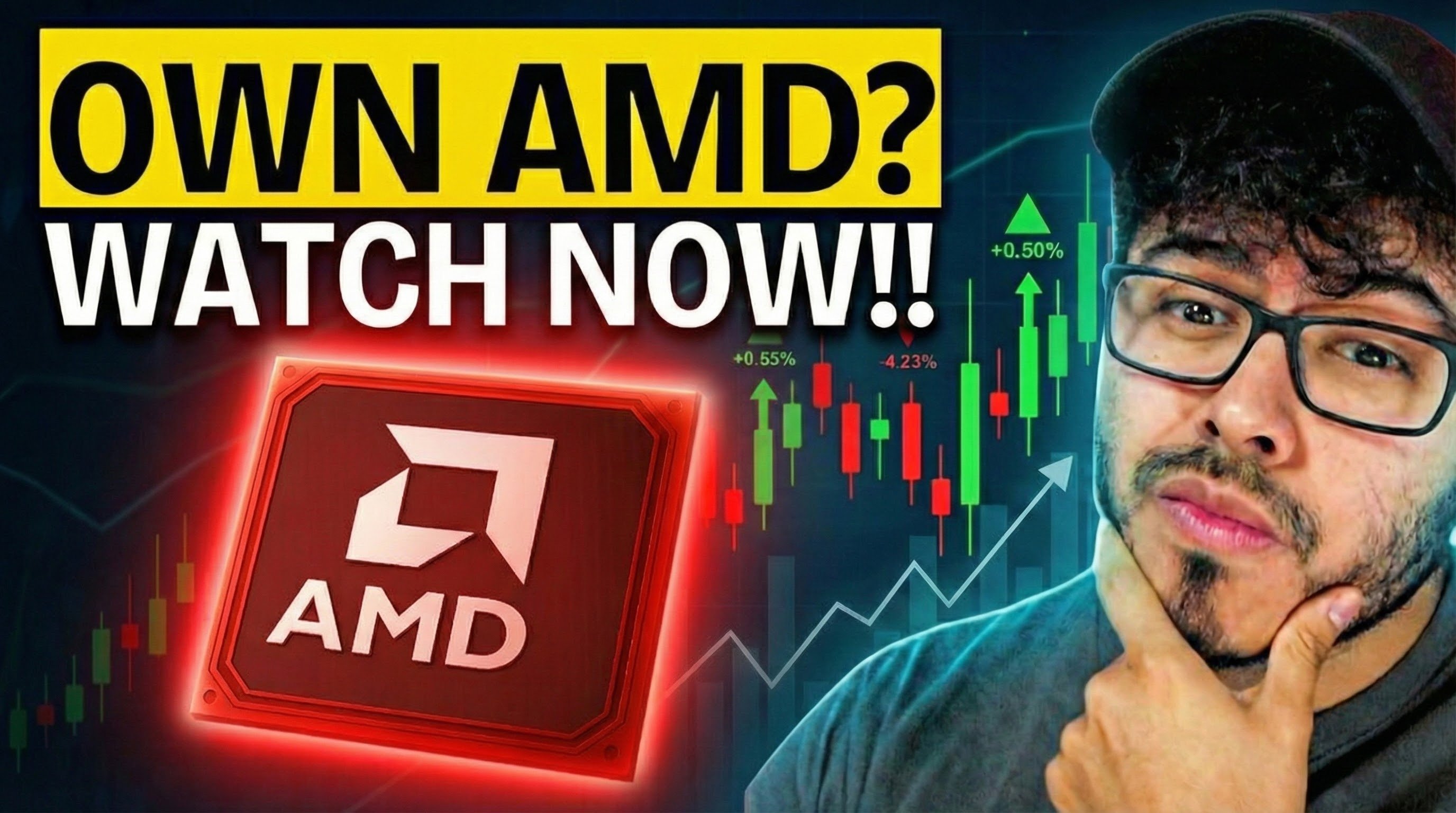Advanced Micro Devices (AMD 4.86%) supplies chips for some of the most popular consumer products in the world, but the company (AMD for short) is currently fighting to catch up to Nvidia (NVDA 3.30%) in the market for data center graphics processing units (GPUs). These are the primary chips used in artificial intelligence (AI) development, and demand is currently through the roof across the industry.
With each new generation of GPU architecture, AMD is coming closer to erasing Nvidia's technological advantage. The world's biggest AI start-up, OpenAI, just signed a deal to deploy six gigawatts worth of the company's data center chips by 2030. The deal is estimated to be worth around $90 billion, and the news sent the stock soaring.
Management is scheduled to release its operating results for the third quarter of 2025 (ended Sept. 30) on Nov. 4, and CEO Lisa Su is likely to provide more clarity on the OpenAI partnership in her accompanying conference call with investors. Is AMD stock a buy ahead of the report?

Image source: Advanced Micro Devices.
AMD is gearing up to launch its most powerful GPUs so far
AMD's latest MI355X GPUs are built on the company's Compute DNA (CDNA) 4 architecture. They offer 35 times more performance than the MI300X, which was based on the older CDNA 3 architecture.
They compete directly with Nvidia's Blackwell-based GB200 GPUs, but AMD says they can process up to 40% more tokens (words, punctuation, and symbols) in AI inference workloads for the same cost.
Therefore, the MI355X is much cheaper to run, which is why it's attracting huge orders from data center operators. Oracle, for instance, is building a GPU cluster using over 130,000 of them.
But attention is already shifting to 2026, when AMD plans to launch its MI400 series. The company is pairing these GPUs with specialized hardware and software systems to create a fully integrated AI data-center rack called Helios. Lisa Su said she believes this setup will make the MI400 series chips around 10 times more powerful than MI350 chips like the MI355X.
Nvidia is already selling GPUs based on a new architecture it calls Blackwell Ultra, and its even faster Rubin architecture is slated for release next year. However, Helios could bring AMD closer than ever to its rival from a technological standpoint, and OpenAI plans to start deploying these racks with MI450 GPUs in the second half of 2026.
The OpenAI deal could add billions of dollars to AMD's data center revenue
AMD has four main business units, which combined to deliver a record $7.7 billion in total revenue during the second quarter of 2025 (ended June 30). But the data center business was the largest by far, bringing in $3.2 billion in revenue on its own, led by GPU sales.
According to semiconductor analyst Ian Cutress, it could take somewhere between 3 million and 6 million of AMD's MI450 GPUs to deliver the agreed-upon six gigawatts in computing capacity to OpenAI. That could equate to $90 billion in revenue for its data center business over the next five years. So it's no surprise the chipmaker's stock is now sitting on a gain of 109% in 2025.

NASDAQ: AMD
Key Data Points
But there's a catch. As part of the deal, OpenAI will have the right to buy up to 160 million AMD shares for $0.01 per share by 2030, as long as certain milestones are met. First, the full number of shares will only vest if OpenAI buys the whole six gigawatts of capacity. Second, AMD shares have to surpass certain price milestones (ending at $600 per share), which ensures existing shareholders benefit from some upside before this deal dilutes their holdings.
However, if OpenAI does receive the full 160 million shares and sells them for $600 each, the company would net $96 billion -- more than the estimated value of the chips! Therefore, OpenAI's GPU purchases are basically being financed through the dilution of AMD's other shareholders.
Why would AMD cut a deal like this? Mainly because OpenAI doesn't actually have $90 billion in cash on hand to meet its obligations under the deal, but the chipmaker wants to be sure it secures some future business from the start-up. I expect Wall Street analysts to seek further details on this particular issue from Lisa Su during the third-quarter conference call on Nov. 4.
Should you buy AMD stock ahead of Nov. 4?
Based on the company's trailing-12-month adjusted earnings of $3.45 per share, its stock is trading at a price-to-earnings ratio (P/E) of 73.3. That makes it significantly more expensive than Nvidia, which currently trades at a P/E of 52.3.
Since OpenAI isn't expected to start deploying AMD's GPUs until the second half of next year, investors might be getting ahead of themselves by paying such a hefty premium for a slice of the chipmaker today. As a result, buying the stock ahead of Nov. 4 might not be a great move for investors who are looking for short-term gains over the next 12 months or so.
Instead, this opportunity should be reserved for investors who are willing to hold the stock for a longer-term period of three to five years, which will give the company time to grow into its valuation. However, keep in mind there is no guarantee the OpenAI deal will pan out as expected. Not only does the start-up lack the financial resources today, but it also isn't profitable, and it has only raised a total of $57.9 billion from investors since it was founded in 2015.





